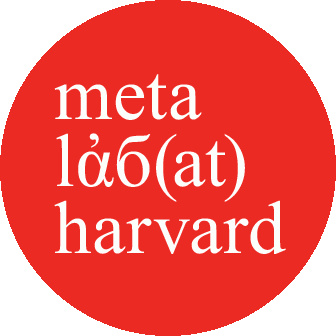The Future of Science Museums: Michael John Gorman in conversation with Jeffrey Schnapp
Date: 2020 Location: Cambridge, MAONLINE
Thursday, December 10
12–1 pm EST
The Future of Science Museums: Michael John Gorman in conversation with Jeffrey Schnapp from metaLAB(at)Harvard on Vimeo.
In Idea Colliders (the first volume in the new metaLAB projects series with MIT Press), Michael John Gorman issues a provocative call for the transformation of science museums and science centers from institutions dedicated to the transmission of cultural capital to dynamic “idea colliders” that spark creative collaborations and connections. Drawing scientists into conversation with artists, designers, policymakers, and the public, the science museum becomes a participatory space for questions, experiences, and imagination.
In conversation with metaLAB faculty director Jeffrey Schnapp, Gorman discusses his trajectory in the museums world, points to provocations and innovative models for institutions and exhibitions, and discusses key shifts he sees in the evolution of science museums—including from large to small, from interactive to participatory, from enclosed to porous, and from subject-specific to cross-disciplinary.
Michael John Gorman is Founding Director of BIOTOPIA, a new museum linking life sciences, art and design in development at Schloss Nymphenburg in Munich, and University Professor (Chair) in Life Sciences in Society at Ludwig-Maximilians-University Munich. Previously Michael John was Founding Director of Science Gallery at Trinity College Dublin, a space for creative collisions between science and art. In 2012 he founded Science Gallery International to develop a global network of university-linked Science Gallery spaces in London, Melbourne, Bangalore, Venice and other locations. Prior to founding Science Gallery, Michael John was Lecturer in Science, Technology and Society at Stanford University and has held postdoctoral fellowships at Harvard University, Stanford University and MIT. He has published books on topics ranging from seventeenth century Flemish art to Jesuit natural philosophy and the architecture of Buckminster Fuller.
Img1: Artist Helen Pynor reanimates a heart in her work The Body is a Big Place at the launch of OSCILLATOR at Science Gallery, 2013. Copyright: Science Gallery, Triniy College Dublin

